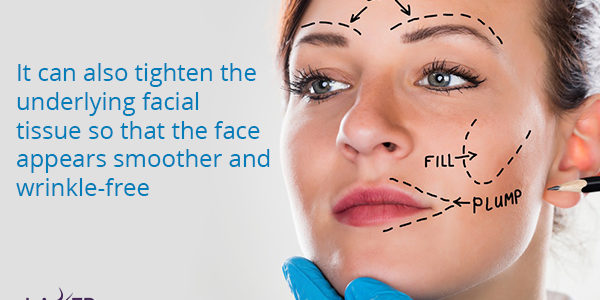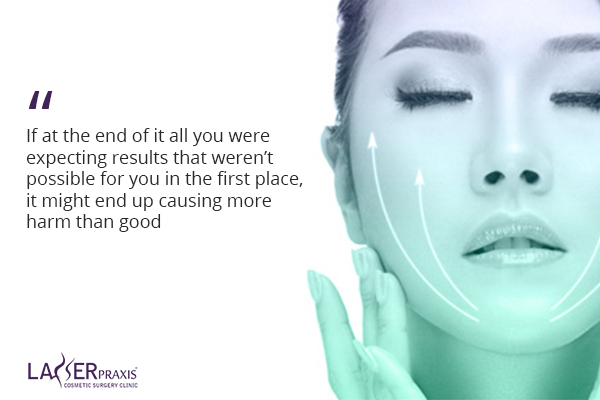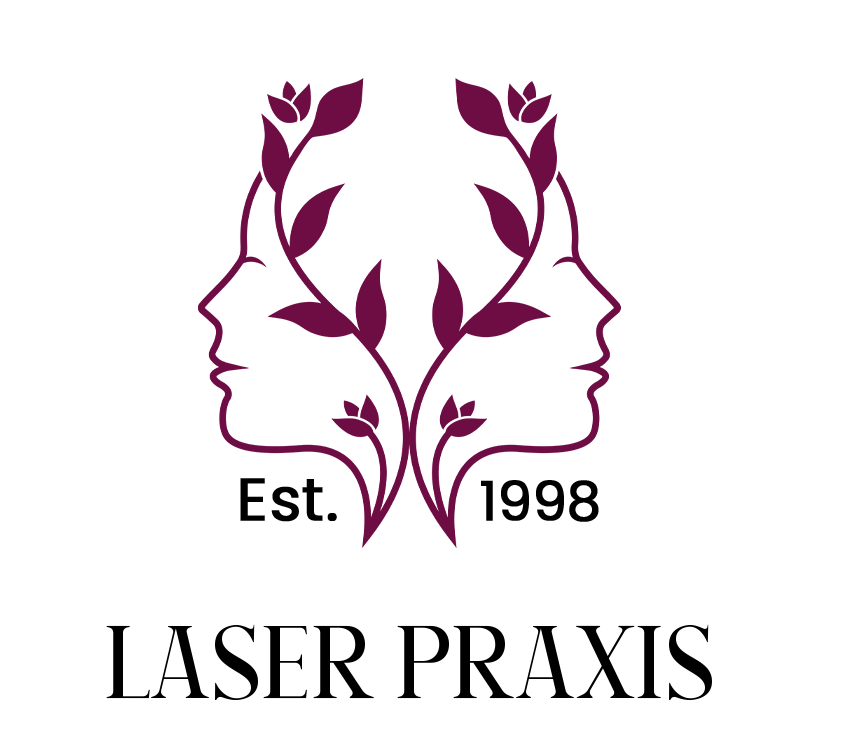More than a 100,000 facelift surgeries take place annually in America alone. As the procedures become more and more sophisticated the popularity of this treatment continues to grow too.
Facelift is a procedure meant to reverse signs of aging. There isn’t just one type of procedure that can be performed to achieve the results of a facelift.
In this blog we will go over the main options available as well as covering other elements of the facelift and debunking some myths around it.
The purpose behind writing this is to help you make a decision about whether or not you should get this treatment done and also help you manage your expectations around it.
So, without further ado, let’s get right into it.
What is a Facelift?
Also known as Rhytidectomy, Facelift is a cosmetic procedure that gets rid of:

⦁ Sagging and excess skin around the lower half of the face
⦁ Fat around the chin and neck
⦁ Wrinkles
⦁ Deep creases around the mouth
It can also tighten the underlying facial tissue so that the face appears smoother and wrinkle-free.
Types of Facelifts
There are different types of procedures that are performed depending on the kind of result that is required by the patient.

Three main types of procedures are listed below:
⦁ The regular procedure in which an incision is made starting at the temple and going back behind the ears. This helps remove excess fat and skin from problematic areas and tighten and lift the face.
⦁ Procedure that involves the neck lift along with a facelift. This includes making an incision under the chin to remove excess fat and skin from the neck area. This is usually performed for individuals struggling not just with the marks of aging but with being overweight as well.
⦁ A mini-facelift that does not include a big incision but is consequently unable to tackle any sagging issues around the neck and chin area. In this procedure a small incision is made around the ears only and issues on the sides of the face are tackled.
⦁ Non-surgical 4D facelift for those who are not looking for extreme or incredibly stark results.
These are the options available to everyone. You can speak to a professional to further discuss which one will suit you most.
Who is this treatment for?
This treatment is for any adult who wants to get rid of:
⦁ Sagging skin
⦁ Fat that makes the face and neck skin droop
⦁ Wrinkles
⦁ Jowls
⦁ Crease between the cheeks and lips
⦁ Double chin
You are fit for this treatment if you do not have any conditions that lead to excessive bleeding or which may lead to an infection developing during the recovery process.

You should discuss your medical history thoroughly with your surgeon during the consultations and also tell them about any medication you are on.
Who is this treatment not for?
This treatment is not for you if you are:
⦁ Using blood thinning medication
⦁ Suffering from a serious medical condition
⦁ Suffering from a serious mental condition
⦁ Suffering from high blood pressure
⦁ Diabetic
If you have had a difficult recovery period from any procedure or surgery in the past, make sure you do your research before this one.
Taking care of your mental health and analyzing whether you are mentally prepared to go into something like this is your duty towards yourself.
You can speak to your therapist or a mental health professional to be analyzed for this procedure mentally, if you have a mental health history.
Recovery
Usually this procedure is performed on an outpatient basis. This means that patients can go home the same day. You will probably be called in for follow ups and to monitor recovery, but you will not be required to stay.
To close the incisions sutures, or in rare cases stitches, are administered. These will be removed approximately 7 – 10 days after surgery.

It might be a month before you can resume any rigorous activity that is part of your daily routine. However, the first 2 weeks are the hardest. After that you can expect to start feeling better by the day.
There will be swelling, bruising, and soreness or discomfort. Medication and following the doctor’s instructions should help with all of this.
Managing expectations
It is important to have realistic expectations from this treatment. As stated earlier, recovery will take some time and it is a big undertaking to commit to this process. If at the end of it all you were expecting results that weren’t possible for you in the first place, it might end up causing more harm than good.

It can take a toll on your mental and physical health.
Remember the whole point of getting a cosmetic procedure is to improve the quality of your life by boosting your confidence. In order for you to feel confident, you have to be happy with the outcome of a procedure. For all these reasons, it is important to keep the following things in mind:
⦁ While the effects of procedure do not reverse, it does not stop further aging. As your body continues to age, marks of this natural process will begin to appear on your face.
⦁ You might not see the final results for almost 2 months after your surgery. This is because there will be swelling and your facial muscles need time to settle down after the trauma of the surgery.
⦁ There might be some light scars left from the incisions. However, these incisions are made where they are not visible to the naked eye. They are made near the hair line so that they disappear into the hair.
Facelift is a procedure with a great success rate. More than 70% of the people who undergo it don’t see any reversal in the results even 5 years after the procedure.
However, like stated earlier eventually the natural aging process will begin to surface on the face. This is not to say that the facelift itself will not take off 10 years or so from your appearance when it is first performed.
Final word: Is the procedure for you?
Coming to the final question now; should you be getting this procedure?
This calls for a self-analysis. Ask yourself the following questions:
⦁ Will this treatment improve the quality of your life in any way?
⦁ Do you feel ready to take on the procedure and the recovery period?
⦁ Are there any medical reasons why you shouldn’t be getting it?
⦁ Are you sure about this treatment or is this just a momentary decision inspired by a temporary motive?
The best thing to do if you are not sure is to do your research, then sit on it for a while. See if you still feel the same way in a month or so. Then come in for a consultation and talk to a professional. Discuss your medical history as well as the expectations you have from the procedure.
Hopefully, this course of action will make things easy and you will be able to take a decision about the facelift.
If you want to talk to a professional right now, Laser Praxis is always at your service. We encourage you to get in touch!
Good luck!





